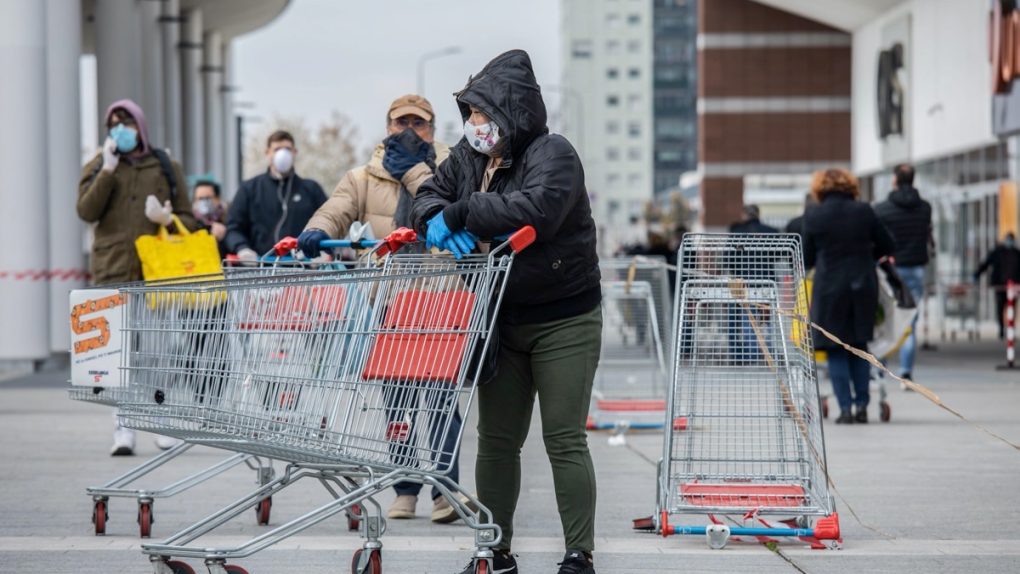- The CDC is now recommending the use of cloth masks in public settings in an attempt to reduce the spread of the novel coronavirus.
- Cloth face coverings may not be as effective as surgical masks or N95 respirators, but the general public should avoid buying medical-grade masks, which are in short supply and should go to medical professionals before anyone else.
- Face coverings of any sort will not reduce the risk of COVID-19 transmission along with other essential precautions. Strict social distancing measures, frequent hand washing, and not touching the face are even more critical than using masks in public settings.
- Visit BGR’s homepage for more stories.
The Centers for Disease Control and Prevention (CDC) changed its tune on the use of masks for the general public in just a matter of days. It was just last week that we were looking at comparisons between Asia, and the US and Europe when it comes to using masks in public. We’ve seen studies that said the novel coronavirus can linger in the air in so-called micro-droplets that don’t settle on the ground as fast as larger sized droplets. Some speculated that the virus can travel for farther distances than the 6 feet that appear in all COVID-19 social distancing warnings. The CDC then recommended that people should wear cloth masks instead of the surgical masks and N95 masks (which we’ll call respirators henceforward) that are in short supply for healthcare workers. This is a massive change of policy that shouldn’t go unnoticed, so here are a few tips to make the most of using masks in the coming weeks.
Do not hoard masks
Do exactly what the CDC tells you, go for cloth masks and reusable masks rather than hoarding surgical masks and N95 respirators that professionals need so desperately. Things will get better in the future when it comes to supply, but it’s doctors, nurses, paramedics, cops, the military, and everyone else fighting COVID-19 on the front lines that have a far greater need. The better protection these people have, the more likely it is for them to help more patients and save lives.
Medical personnel are exposed to the virus more than most, as many hospitals are overwhelmed with COVID-19 patients. If you’re walking outside or going for food every few days, your chances of getting the new virus are a lot smaller. Scientists may have proven that the virus can float in the air, but it’s unclear how much aerosolized virus you would inhale to develop the disease. Not to mention that social distancing is the critical factor for avoiding the new coronavirus.
If you have surgical masks and N95 respirators, you should consider donating them to healthcare workers and making your own using the simple guide below. You can also use our DIY coronavirus face mask guide to make even more effective masks. Or you can make the most of them by only going out when you need to do it. That way, the supply will last longer and you won’t have to purchase more masks. You should absolutely not hurry to order large quantities online. You can buy reusable face masks and rely on those until there’s enough supply to go around.
We’ll all probably have to wear masks for an extended period, but supply should improve significantly in the months ahead.
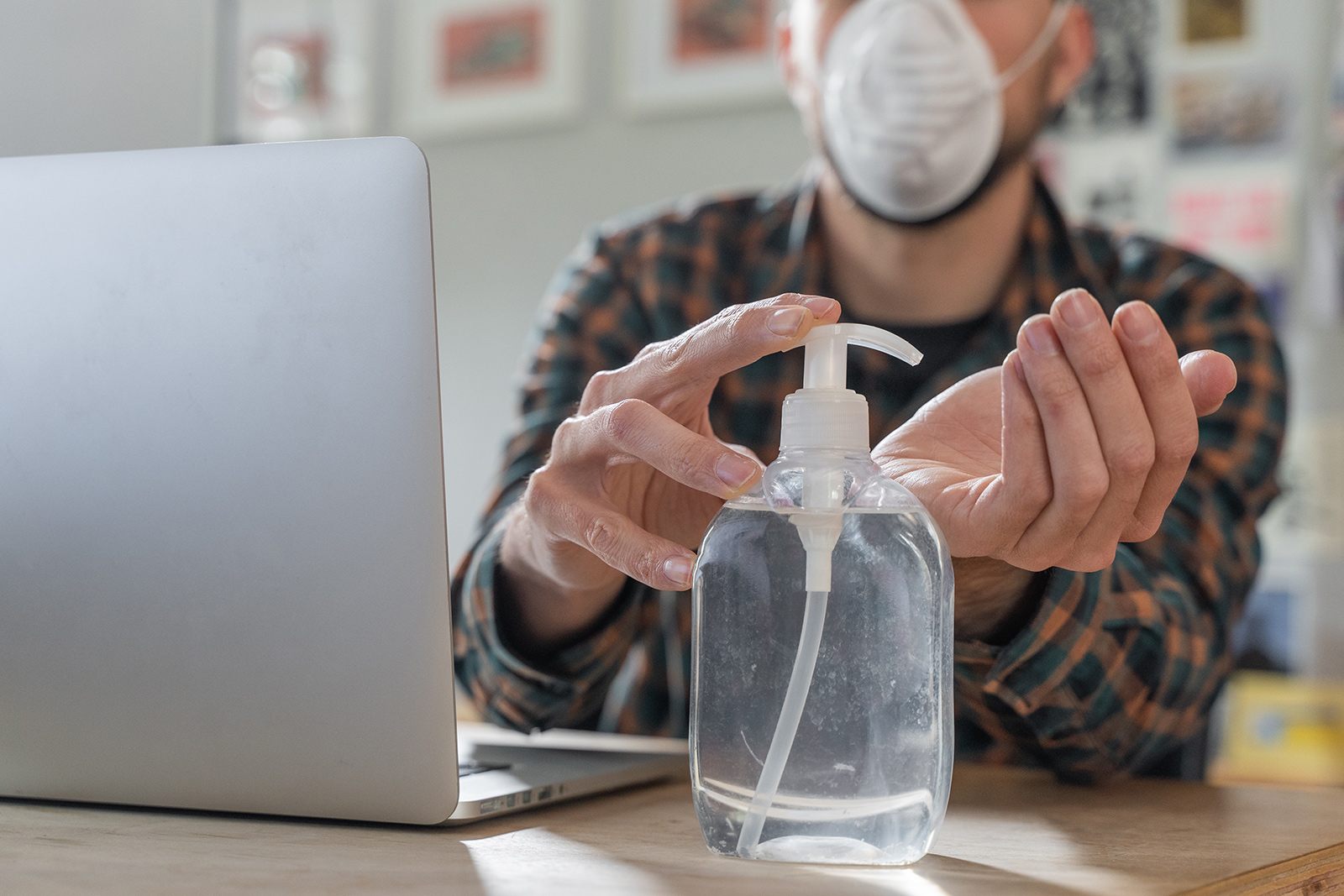
What’s the difference between masks?
Surgeon General Dr. Jerome Adams explains in this CDC video how you can make your own mask out of cloth, like an old t-shirt or bandana, and rubber bands. Wearing a scarf or a bandana could be just as effective when you’re dealing with grocery stores, pharmacies, and any other place where you might have no choice but to get somewhat close to other people, but the potential volume of live aerosolized virus is unlikely to be high.
https://www.youtube.com/watch?v=tPx1yqvJgf4
The CDC has plenty of tutorials to help you make masks out of other ordinary products you may have around the house. The masks used in hospitals will look different. They’re the aforementioned surgical masks and N95 respirators.
A surgical mask looks like ones in the image below. It’s made of cloth as well, and the surgical mask is not reusable. It’s not as good as protecting the wearer against aerosols as the N95 respirator though, since they do not form a perfect seal around the mouth and nose. These are more intended to prevent the spread of any germs from the wearer to others — specifically, to patients undergoing surgery.
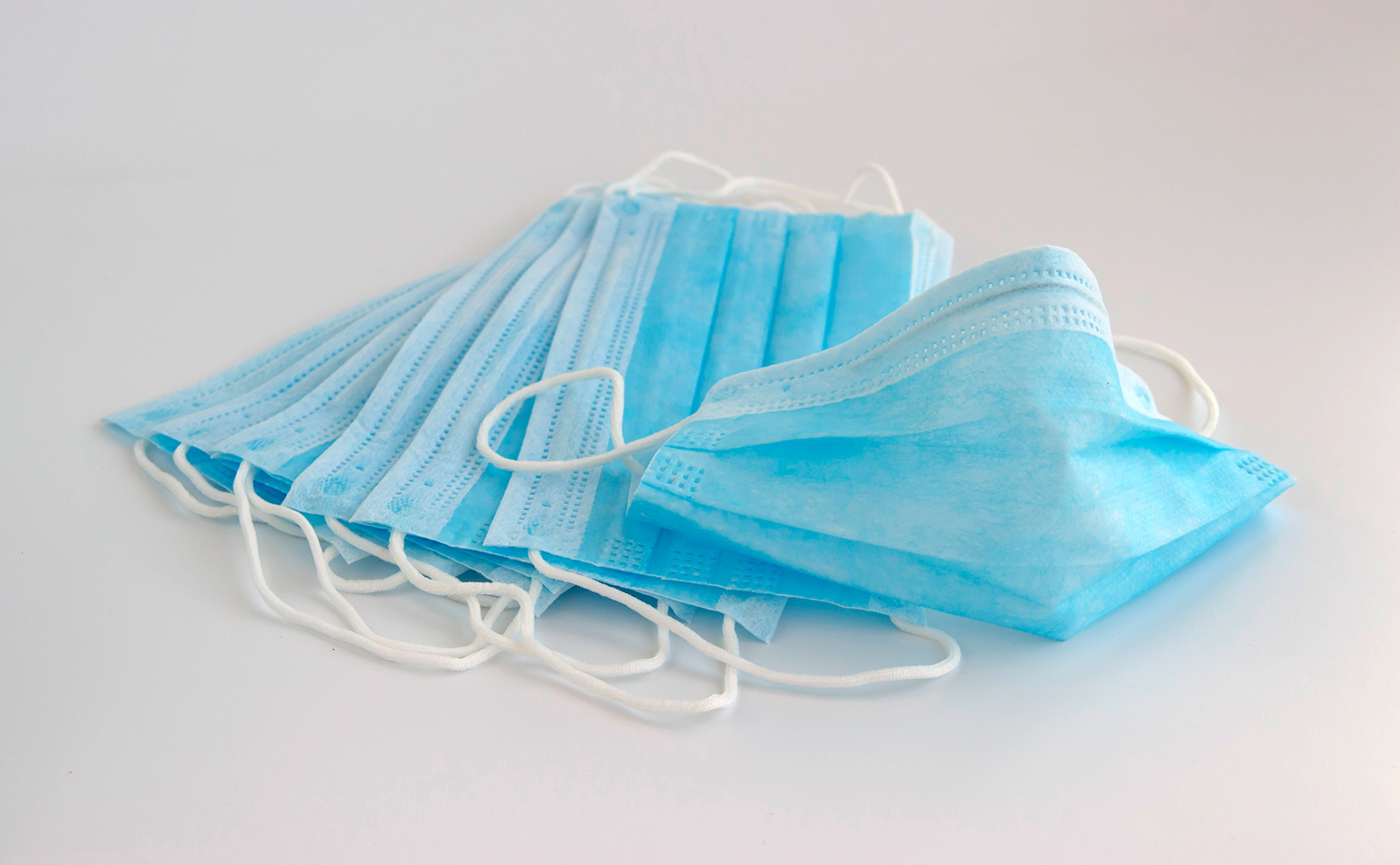
The N95 is the desired standard for medical caregivers, as it offers more protection against the novel coronavirus in a contaminated environment like hospitals. The N95 can be cleaned, but it’s not something you can do at home if you have one. Specialized decontamination systems need to be employed to clean the masks for reuse in a medical setting.
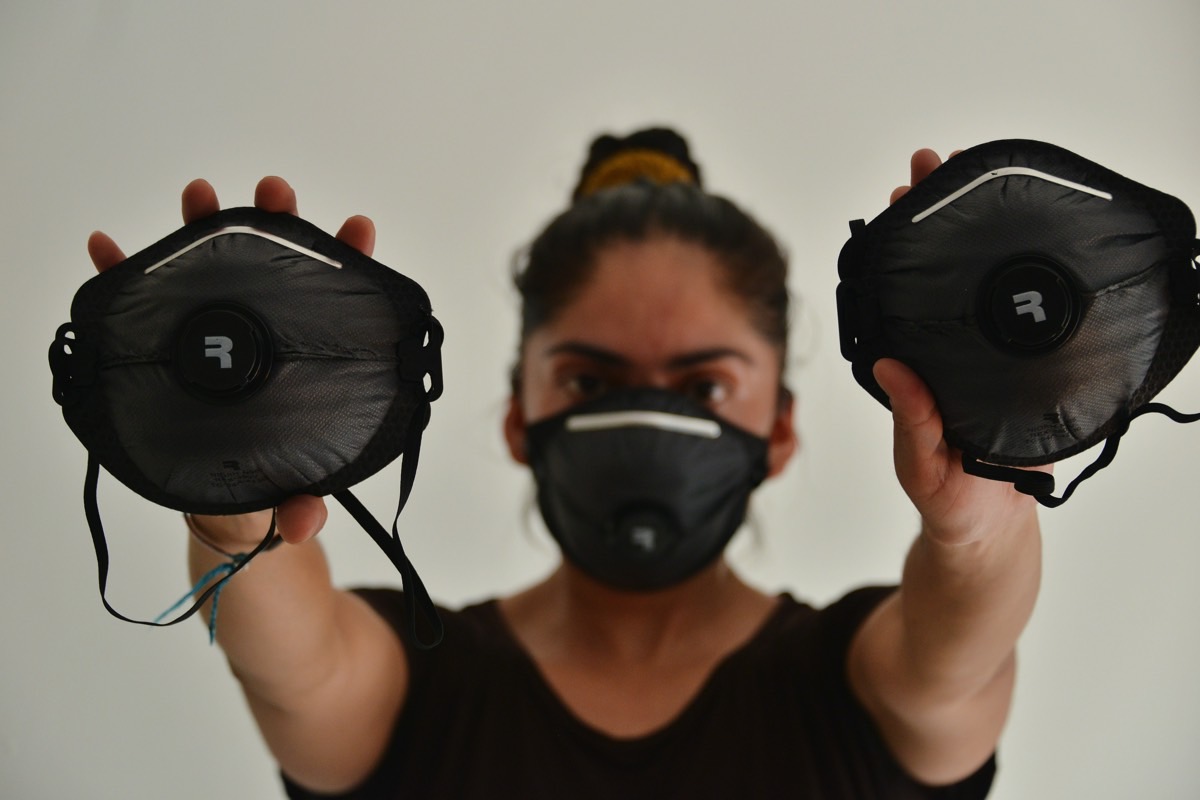
How to handle your mask
Whether you have access to a surgical mask or N95 respirator, or whether you make your own coronavirus face mask, you’ll need to train yourself to use it responsibly so it actually has a chance of providing protection. The World Health Organization (WHO) still advises that only healthcare workers and people who display symptoms wear protective masks. But regardless of policy, the same rules apply for wearing masks.
The video above explains how to put on a mask correctly and how to discard it. It’s important to note that disposable masks and N95 respirators should not be reused. If you make your own mask, you should treat it similarly. Remove it when you’re at home and put it in the wash with the other clothes you’ve been using. If you’ve been out for so long that the mask is damp, it probably needs replacement. Also, you’ve been out of the house for too long in general and you should be taking more precautions.
Do not let your guard down
One of the problems with masks that some health professionals worry about is that they can give the wearer a false sense of security. Now that you have a cover on your face while buying food and other essential products, you still mustn’t let your guard down. The virus can still survive on surfaces, and touching your eyes, mouse, or nose is still the kind of risky behavior that can infect you.
Placing an object over your nose and mouth and then breathing through it isn’t a perfect solution. You may want to scratch under the mask or just touch it to readjust it. Don’t! Just assume items around you are contaminated, hands and mask included. Remove the covering as seen in the video above, dispose of it, and wash your hands with soap and water.
The mask isn’t a passport to roam the streets either. The best way to fight COVID-19 and stop the spread is to stay indoors. The mask isn’t 100% effective so you can still get infected. The less time you have to spend outdoors, the better it is for you and your family. And, conversely, the more time you stay inside, the less you’ll have to worry about making your own masks or hoarding supplies. You don’t need to use masks at home.
Finally, and this is crucial, don’t forget to wash your hands often and disinfect commonly used surfaces like doorknobs, handles, counters, and gadgets. The mask doesn’t absolve you from this responsibility.
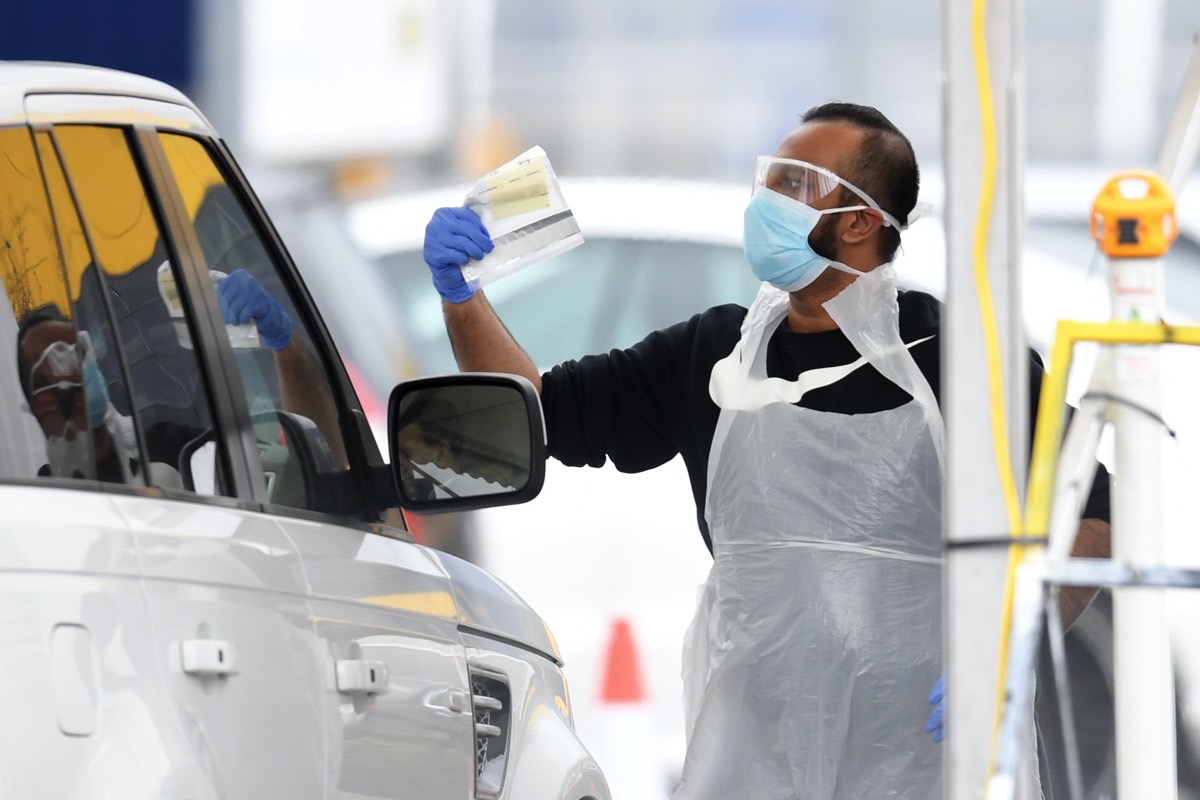
Consider protecting your eyes
While recommendations are in place to avoid touching the eyes, nose, and mouth when out and about, the face masks only protect you from inhaling the virus. This still means that you can inadvertently touch your eyes while you’re shopping for food, which can be risky behavior. Also, the CDC warns that users should pay attention to how they remove protective masks to protect the eyes as well:
Individuals should be careful not to touch their eyes, nose, and mouth when removing their face covering and wash hands immediately after removing.
It makes sense to try to protect the eyes as well when you’re running out for food and essentials. You should consider pairing your makeshift face mask with sunglasses or sports glasses at least, or any other kind of glasses while going out. Then disinfect then when you get home and wash your hands again.
